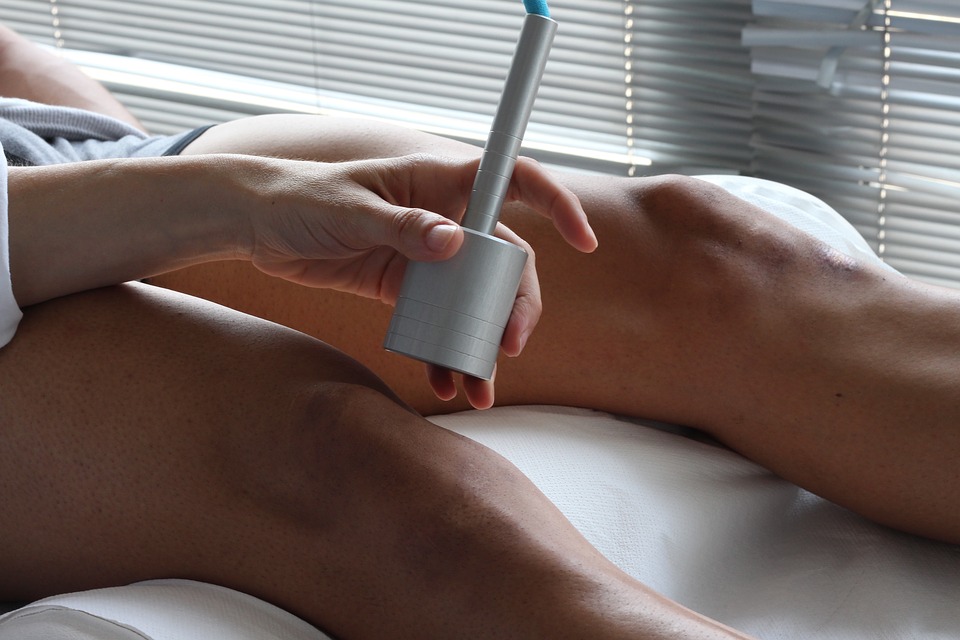An interesting article titled “Does laser therapy improve the wound healing process after tooth extraction? A systematic review” written by Lemes et al., was published online on October 15, 2018 in Wound Repair and Regeneration. The authors sought out to review research on using laser therapy after tooth extraction to improve oral wound healing. It is believed that laser therapy could increase the oral wound healing process by stimulating cell regeneration, attenuating pain, and modulating the immune system. The researchers were motivated because using lasers to accelerate wound healing after tooth extraction has remained controversial. The researchers performed a systematic review to assess the best evidence that could show whether laser therapy was beneficial for wound healing after tooth extraction or if it had no merits.
The review was carried out by three researchers who used eight databases including: MedLine (PubMed), The Cochrane Library, Web of Science, Scopus, Lilacs, IBECS (Indice Bibliográfico Español de Ciencias de la Salud), nSciELO (Scientific Electronic Library Online), and BBOn (Biblioteca Brasileira de Odontologia). The search included articles with dates up until the end of 2017. Clinical studies or animal experiments that evaluated the use of laser therapy after tooth extraction were included along with studies in which the outcome of wound healing was analyzed. Review articles, case reports, and articles in languages other than English, Portuguese, or Spanish were not included. In total, 1,540 potentially relevant records were identified but this reduced to 1,104 articles after abstract examination and removal of duplicates. Eventually 19 studies were retrieved for detailed review, which eventually resulted in a total of 16 studies fulfilling all criteria, with 8 for animal studies and 8 for clinical trials. These 16 studies were published between 1988 and 2016. A total of 7 of the 8 studies on animals showed that using a laser improved wound healing. Four of the 8 studies on humans in clinicial trials found that using a laser improved wound healing after tooth extraction.

The authors stated
“…laser therapy could be effective as an adjuvant treatment to
improve would healing after tooth extraction. The positive
effect of laser therapy was particularly clear in animal experiments,
whereas the evidence was not as clear in clinical trials.”
It is important to note that 5 different types of lasers were evaluated in the 16 studies the authors explored including: CO2, GaAlAs, Nd:YAG, HeNe, and High-frequency Pulsed Diode Laser. The authors feel that current studies show laser therapy might improve the wound healing process, and reduce swelling and pain after tooth extraction. Even so, most of the positive evidences of wound healing were with using a laser derived from animal experiments that had limited types of lasers evaluated along with specific settings such as the emission wavelength. Furthemore, many of these animal studies were not randomized or blinded. Therefore the authors feel that additional controlled randomized controlled trials are needed to further evaluate the ability of using a laser to improve wound healing after teeth removal.

2 thoughts on “Using Laser Therapy after Tooth Extraction to Improve Wound Healing”